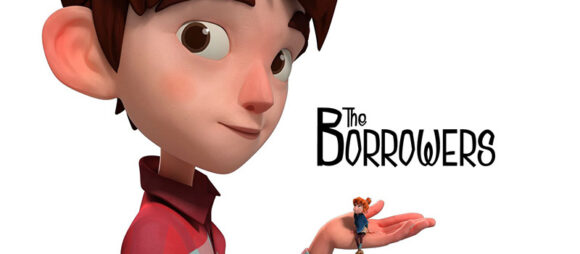
Pitch decks need to be compelling, in as few slides as possible. Pitch decks need to suck the reader into the story, only letting go after the ask. Thus pitch decks need to be storytelling, not essays about the startup.
The trouble is, schools don’t teach story telling, they teach essays. The other trouble is, investors see thousands of pitch decks, creating an expectation for how those stories should flow, while entrepreneurs at best have seen a dozen other pitches, few of which do a good job of storytelling.
I’ve tried publishing books to help fix these problems, and podcasts, and a slide-by-slide tutorial, but the pitch decks still need work, more often than not.
Of all the troubles I see, the most common is summed up by author Kurt Vonnegut as the shape of the story. TL;DW video below: your pitch needs to take the form of “man in hole.”
After the title slide, your story should start with the problem you are solving, at most should divert to talk about the trend of this problem or the scale of this problem, then quickly jump into the solution. Spend as little time explaining the hole, then get your man out of it as soon as possible.
What I keep seeing is what I call “man in two holes” or “problem, solution, problem, solution“.
Slide two explains a problem. Slides three briefly explains your solution. Then problem four explains another problem, and slide five or six repeats your solution.
That doesn’t make for a more compelling story. It certainly doesn’t make for a quick, happy ending, which is what investors want to see. Pitches are not epics. The readers of pitches don’t want to be entertained for two hours or 20 slides. Don’t send Alice down the hole, then through a door, a tea party, a maze, and onward step by step through hurdle upon hurdle.
Instead, if you are dealing with more than one problem, then either pick the most compelling and wrap the story about that one. Sometimes you can get away with two or three problems, but only if you can explain them all in a few seconds, all one one slide, and only if the solution clearly solves them all at once.
The flow of a pitch should start as problem, solution; or problem, trend, solution; or problem, opportunity, solution. No matter which of these you choose, once you mention the solution, you don’t mention the problem again in the pitch. You pop Alice out of the hole and leave her back in the improved world.














